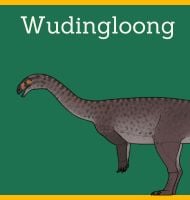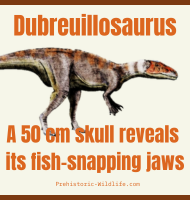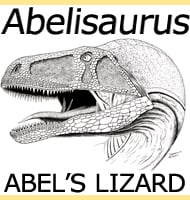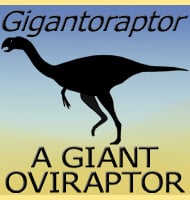Wudingloong
Wudingloong is an early massopodan sauropodomorph dinosaur from the Lower Jurassic Yubacun Formation in Yunnan Province, China. It is represented by a partial skeleton including the skull, neck vertebrae, and forelimb. It is the oldest sauropodomorph known from East Asia and an important early member of Massopoda. Description Wudingloong was a lightly built, plant-eating dinosaur. … Read more






